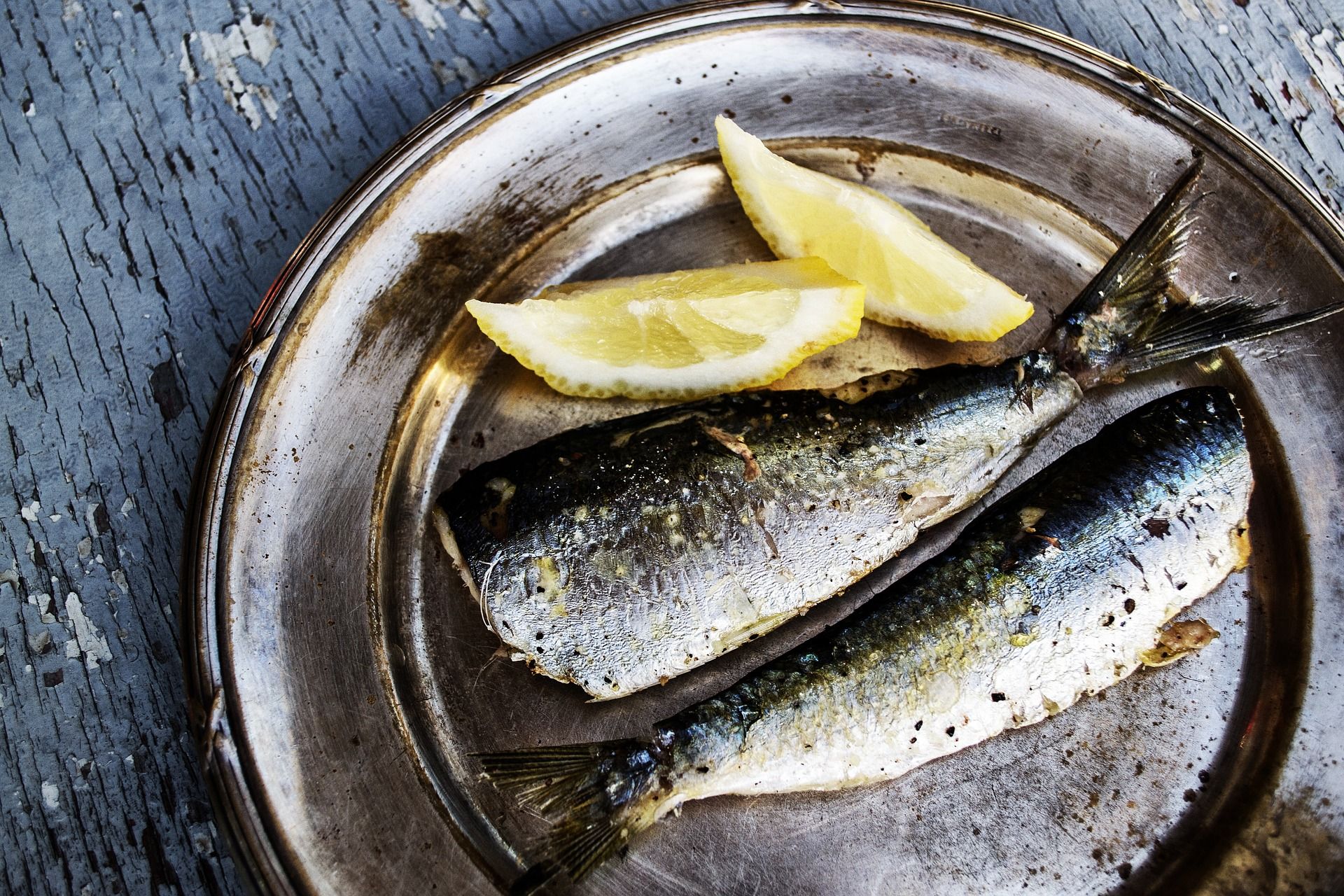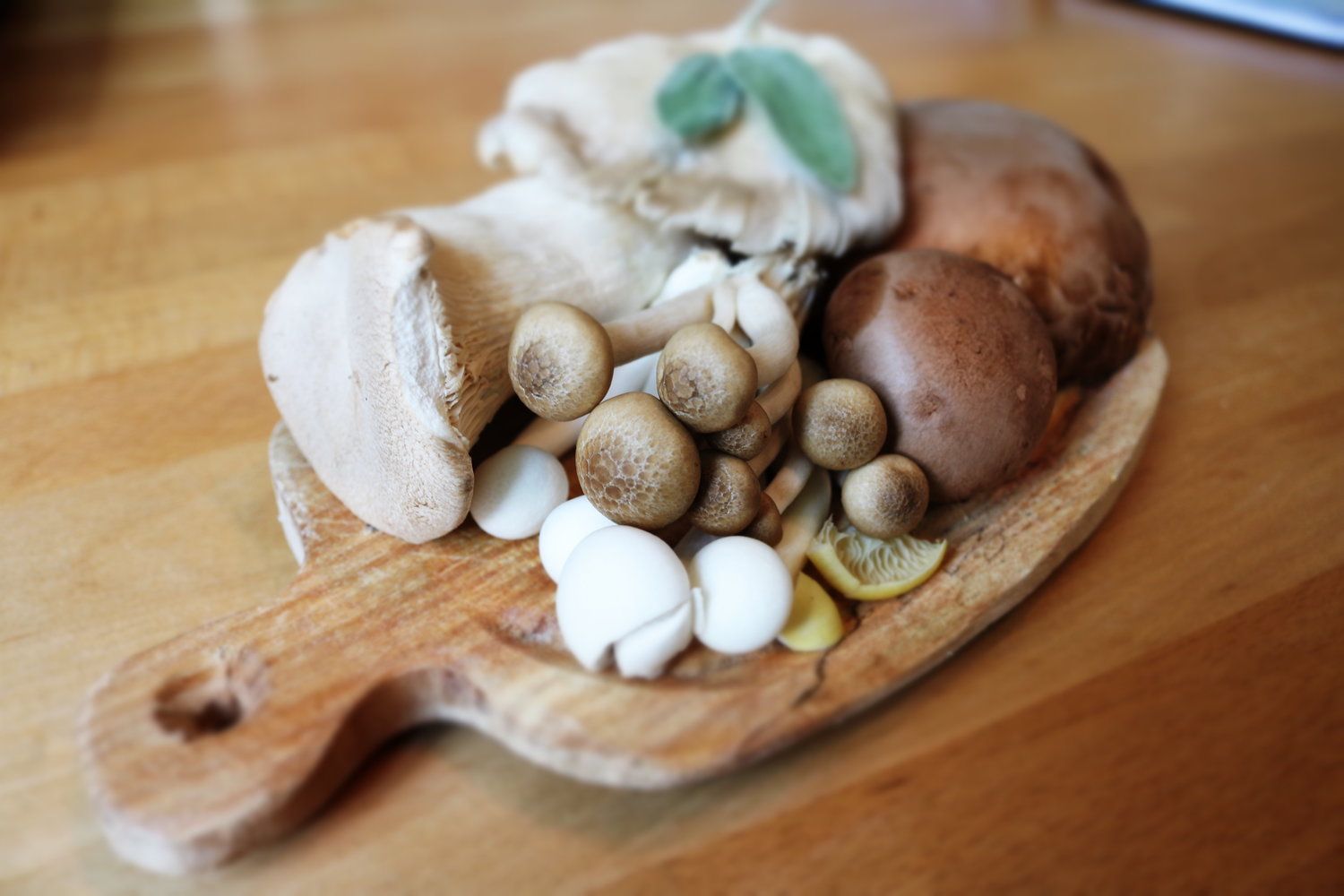1. Milk

Dairy products such as milk, cheese and yoghurt are naturally rich in calcium (a glass of milk contains about 300mg calcium). Healthy eating guidelines recommend skim or semi-skim milk in order to limit the intake of saturated fat. If you are lactose intolerant, you can choose lactose-free milk, soy milk, rice milk, oat milk or almond milk. However, their nutrition profiles aren't equal. Only soy milk can provide a similar amount of protein as regular milk whereas rice, oat or almond milk provides very little protein. When choosing milk alternatives, read the nutrition labels and choose products that are high in calcium and low in sugar.
2. Chinese broccoli




